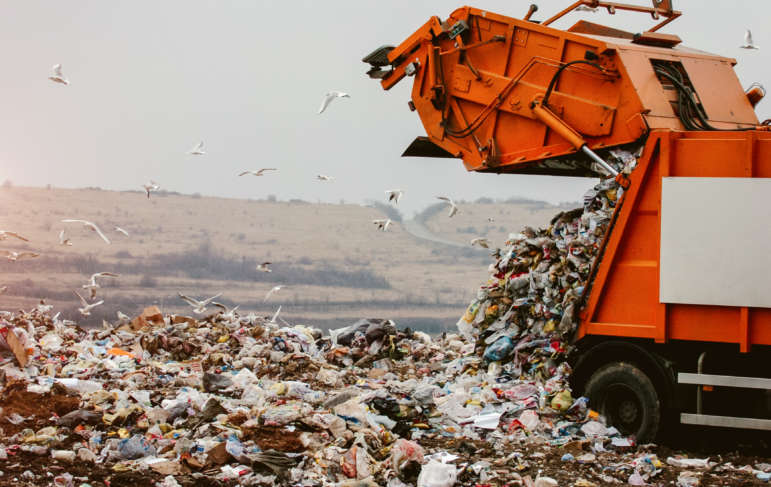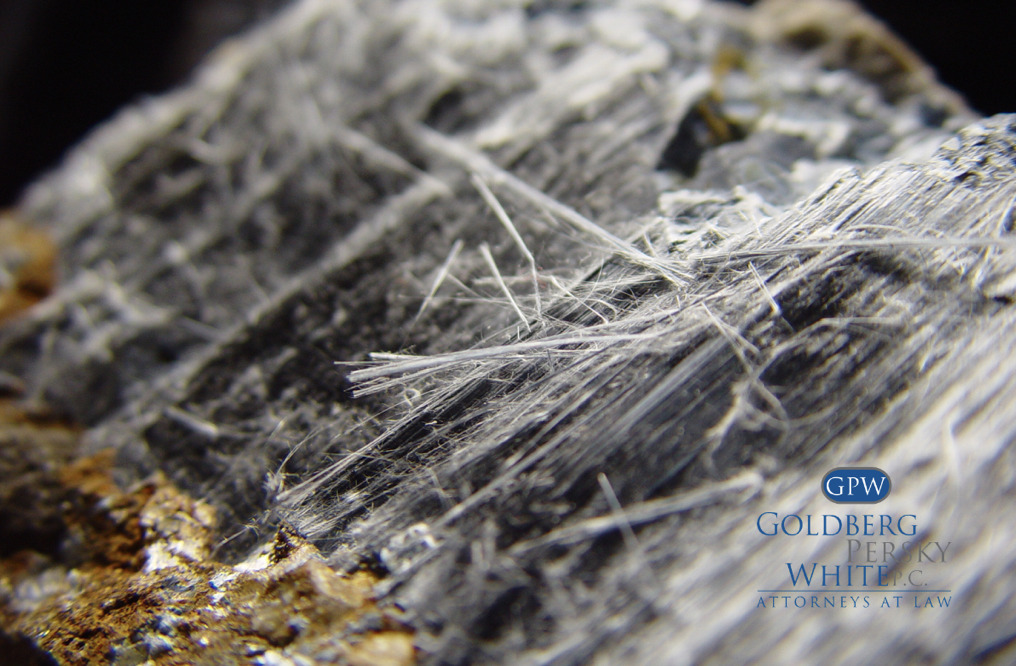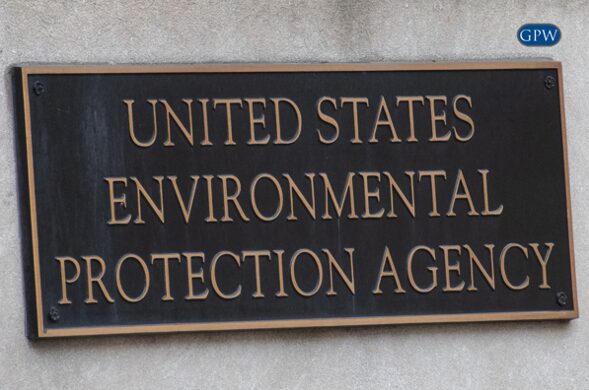Asbestos is a highly regulated substance under many different statutes:
- As solid waste under the Resource Conservation Recovery Act (RCRA)
- As a hazardous substance under the Comprehensive Environmental Response, Compensation and Liability Act (CERCLA)
- As a building Material under the Toxic Substances Control Act (TSCA)
- As an airborne contaminant under the National Emissions Standard for Hazardous Air Pollutants Program (NESHAP)
Due to asbestos being a highly regulated substance, it cannot be taken to any landfill and dumped with regular household waste. It needs to be in a proper facility that is monitored and shielded from the public so it cannot endanger people’s lives. Landfills fall under two categories: active sites and inactive sites.
Active Sites
Certain procedures need to be followed to ensure people’s safety. For active asbestos containing material (ACM) landfills, there can be no emissions from any disposal sites. If there are emissions, one of a couple things needs to be done to contain the asbestos:
- At the end of each operating day, or once in a 24 hour period, waste is covered with at least 15 cm (6 in) of compacted non-asbestos containing material.
OR
- Resin or petroleum based dust suppression is applied to the ACM.
Active landfills also need to prevent public exposure, so they are required to either cover the ACM with non-asbestos containing material or put up fences and warning signs if there is no natural barrier. When warning signs are used, they need to be at all entrances in intervals of 100 meters or less along the property line. Regulations also ensure that signs are easy to see and read. Finally, records of waste shipments need to be kept for two years until the site is closed, with location, depth, and area of asbestos-containing material on a map or diagram of the landfill.
Inactive Sites
Like active sites inactive sites need to have no visible emissions. If they do, there are multiple ways to prevent asbestos from leaving and contaminating people’s airspace.
- Asbestos containing waste is covered with 60 cm (2 feet) of non-asbestos containing material which is then maintained to prevent exposure.
OR
- Asbestos containing waste is covered with at least 15 cm (6 in) of compacted non-asbestos material, and vegetation is grown on top and maintained
If there is not a natural barrier, a fence is installed with easy to read signs posted at all entrances in intervals of 100 meters or less. This helps prevent people from entering the site and becoming exposed.
Recycling Asbestos
Asbestos is a difficult substance to dispose of because of all the regulations surrounding it. There is one way to make it safe though. Recycling does not involve reusing the asbestos but rather turning it into a harmless material. If enough heat is applied, asbestos fibers can be destroyed and it can turn into a silicate glass which can then be turned into stoneware and ceramic products. These products are completely harmless and help reduce the amount of toxic substances going into our landfills.
Sources:
“Asbestos Disposal” Oneida Herkimer Solid Waste Authority [Link]
“Asbestos Landfills” Federal Facilities Environmental Stewardship & Compliance Assistance Center [Link]
Sophia Bennet “How to Recycle Asbestos” Recycle Nation (October 8, 2015). [Link]




